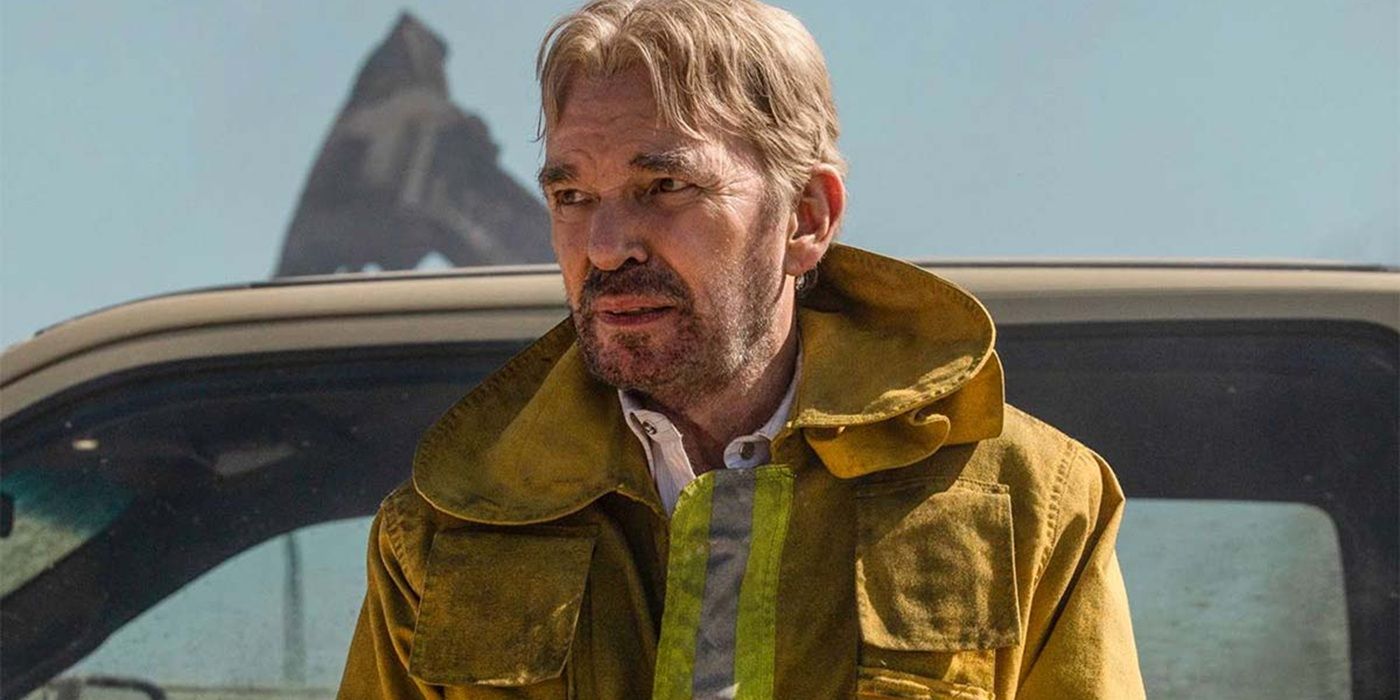7 Powerful Examples of Marketing Positioning to Inspire Your Brand Strategy

Marketing positioning is crucial for any brand aiming to stand out in a crowded marketplace. By examining successful examples like Tesla’s focus on sustainability or Apple’s creative ethos, you can gain insights into effective strategies. Companies like Patagonia and Starbucks demonstrate the importance of aligning brand values with consumer expectations. Each case offers unique lessons that can inform your approach. What can you learn from these brands to improve your own positioning?
Key Takeaways

- Tesla positions itself as a leader in sustainable transportation, appealing to environmentally conscious luxury consumers with innovative technology and premium features.
- Apple emphasizes individuality and creativity, fostering strong emotional connections through sleek design and user-friendly technology, resulting in high brand loyalty.
- Patagonia prioritizes sustainability and transparency, utilizing recycled materials and ethical practices to engage customers and showcase environmental commitment.
- Trader Joe’s creates a friendly and unique shopping experience, focusing on exceptional service and high-quality products to attract health-conscious consumers.
- Starbucks builds community connections through personalized experiences and ethical sourcing practices, enhancing local brand perception and customer loyalty.
Tesla: Electric Cars, Solar & Clean Energy
When considering sustainable transportation options, Tesla stands out as a leader in the electric vehicle (EV) market, as it combines state-of-the-art technology with a commitment to environmental responsibility.
Tesla’s brand positioning examples highlight its innovative approach, featuring advanced autopilot capabilities and regular over-the-air software updates that differentiate it from traditional automotive manufacturers. The direct-to-consumer sales model eliminates dealerships, enhancing the purchasing experience and allowing for better pricing control.
Furthermore, Tesla’s expansion into solar energy solutions and energy storage products showcases its holistic commitment to clean energy. The premium pricing strategy reinforces its high-performance standards, further establishing the brand as a luxury option in the EV sector, effectively positioning Tesla at the forefront of sustainable energy innovation.
Apple: Think Different

Apple has firmly established itself as a pioneer in the tech industry, largely due to its groundbreaking “Think Different” campaign that launched in 1997.
This campaign served as Apple’s positioning statement, framing the brand as a champion of creativity and innovation. By showcasing iconic figures like Albert Einstein and Martin Luther King Jr., Apple aligned itself with visionary thinkers, appealing to consumers who value individuality and self-expression.
The focus on sleek design and user-friendly technology in products like the iMac and iPhone reinforces its image as a premium brand.
This strategic positioning not only differentiated Apple from competitors but likewise nurtured strong emotional connections, contributing to a remarkable brand loyalty rate of over 90% among its users.
Trader Joe’s: Your Friendly Neighborhood Store
Trader Joe’s positions itself as a friendly neighborhood grocery store, aiming to create a welcoming and personalized shopping experience for its customers. Its brand positioning statement emphasizes exceptional customer service and a stress-free shopping environment, which nurtures loyalty among diverse shoppers.
Trader Joe’s stands out with unique, high-quality food items, often exclusive to their stores, appealing to health-conscious consumers seeking value. The whimsical nautical theme in its branding adds to the fun shopping atmosphere.
Dollar Shave Club: Shave Time. Shave Money

Dollar Shave Club transformed the shaving industry by offering a subscription model that prioritizes affordability and convenience, with plans starting as low as $1 per month.
Their relatable marketing approach, featuring everyday individuals rather than polished models, makes the brand more accessible and authentic to consumers.
This focus on customer feedback and community engagement not only cultivates loyalty but additionally solidifies the brand’s position in a competitive market, effectively capturing the essence of its slogan, “Shave Time. Shave Money.”
Affordable Convenience Revolution
In an era where convenience and affordability are paramount, the Affordable Convenience Revolution exemplified by Dollar Shave Club has transformed the shaving industry. By offering high-quality razors at an accessible price, Dollar Shave Club disrupted traditional retail models that often featured overpriced products.
Their tagline, “Shave Time. Shave Money,” succinctly conveys their value proposition, focusing on both convenience and cost savings. This positioning strategy example effectively appeals to younger, budget-conscious consumers who prefer hassle-free shopping.
The subscription model, delivering razors directly to customers’ doors, improves convenience, eliminating the need for store visits. Furthermore, their viral advertising campaigns, particularly the engaging launch video featuring Michael Dubin, greatly boosted brand awareness as well as establishing a unique voice in the market.
Relatable Brand Identity
Even though many brands struggle to connect with consumers on a personal level, Dollar Shave Club (DSC) has successfully built a relatable brand identity that resonates with its target audience.
By positioning itself as an affordable alternative to traditional razor brands, DSC emphasizes convenience and humor in its marketing. The catchy slogan, “Shave Time. Shave Money,” clearly communicates the brand’s value proposition, which appeals to consumers looking for both savings and simplicity.
Their viral launch video, which gained over 12,000 views within 24 hours, helped establish a strong online presence. By using relatable individuals in advertising, DSC humanizes the brand and addresses customer pain points, showcasing effective brand positioning in marketing that eventually led to its $1 billion sale to Unilever in 2016.
Nike: Just Do It

Empowerment is a central theme in Nike‘s “Just Do It” campaign, which has transcended its origins since its launch in 1988.
Initially targeting professional athletes, the campaign evolved to inspire a wider audience, promoting self-improvement and resilience for everyone.
Nike’s advertisements showcase impactful stories of athletes overcoming obstacles, creating an emotional connection that raises their brand beyond mere product sales.
This strategy serves as one of the most effective examples of positioning marketing, as it aligns the brand with innovation and high-performance products.
Patagonia: Build the Best Product, Cause No Unnecessary Harm

Patagonia stands out in the outdoor apparel market by focusing on eco-friendly product development and a strong commitment to sustainability.
You’ll notice their ethical business practices, such as donating 1% of sales to environmental causes and promoting their “Worn Wear” program, which encourages repairing and recycling gear.
Eco-Friendly Product Development
How does a commitment to sustainability transform product development in the outdoor apparel industry? For Patagonia, it’s about aligning eco-friendly practices with the importance of brand positioning.
Here are four key elements driving their approach:
- Recycled Materials: Over 70% of their products use recycled polyester and organic cotton, showcasing commitment to responsible sourcing.
- Worn Wear Program: This initiative encourages customers to repair and recycle gear, effectively reducing landfill waste.
- 1% for the Planet: Patagonia donates 1% of sales to environmental causes, contributing over $100 million to grassroots efforts.
- Transparency: They publish the environmental and social impact of their products, empowering consumers to make informed choices.
Through these strategies, Patagonia sets a benchmark for eco-friendly product development.
Commitment to Sustainability
In the process of seeking to create high-quality outdoor gear, Patagonia embodies a strong commitment to sustainability through its mission, “Build the best product, cause no unnecessary harm.”
This guiding principle not merely reflects the brand’s dedication to producing durable and functional apparel but similarly emphasizes ethical sourcing and sustainable practices.
Patagonia’s positioning strategy serves as one of the influential marketing examples in the industry, with over 80% of its products made from recycled materials.
The brand additionally pledges 1% of sales to environmental causes, contributing over $89 million since 1985.
Ethical Business Practices
Emphasizing ethical business practices, Patagonia operates under the guiding principle of “Build the Best Product, Cause No Unnecessary Harm,” which underscores its commitment to sustainability and responsible operations.
Here are some impactful positioning examples that illustrate Patagonia’s dedication:
- 1% for the Planet: The company donates 1% of sales to environmental causes, showcasing its financial commitment to sustainability.
- Patagonia: Patagonia has pledged to use only organic cotton, reducing its environmental footprint considerably.
- Worn Wear Program: This initiative encourages customers to repair gear rather than replace it, promoting a circular economy.
- Patagonia: Patagonia publicly shares information about its suppliers and their environmental impacts, reinforcing accountability.
These practices not just improve Patagonia’s brand image but inspire other companies to adopt ethical business strategies.
Starbucks: One Person, One Cup, and One Neighborhood at a Time

Starbucks has carved out a unique position in the market by focusing on its motto, “One Person, One Cup, and One Neighborhood at a Time,” which reflects its commitment to cultivating connections within local communities. This marketing positioning statement emphasizes personalized experiences and encourages customer engagement. Starbucks offers a diverse menu, including teas and seasonal beverages, catering to various tastes. Its inviting atmosphere promotes lingering and social interaction, nurturing community ties. The brand’s ethical sourcing practices, like the Coffee and Farmer Equity (C.A.F.E.) Practices, align with growing sustainability demands. Furthermore, its loyalty program rewards personalization, driving repeat visits and enhancing brand loyalty.
| Element | Description | Impact |
|---|---|---|
| Community Focus | Personalized customer experience | Builds local connections |
| Diverse Menu | Beyond traditional coffee | Appeals to a broader audience |
| Ethical Sourcing | C.A.F.E. Practices | Increases consumer trust |
| Loyalty Program | Personalized offers | Encourages repeat visits |
Conclusion

Effective marketing positioning is crucial for brands seeking to stand out in a competitive environment. By examining successful examples like Tesla’s focus on sustainability, Apple’s creative approach, and Patagonia’s ethical practices, you can identify strategies that resonate with consumers. Each brand demonstrates how a clear and compelling message can encourage loyalty and improve customer experience. Emulating these techniques in your own brand strategy can lead to increased awareness, engagement, and in the end, success in your market.
Image Via Envato
This article, "7 Powerful Examples of Marketing Positioning to Inspire Your Brand Strategy" was first published on Small Business Trends
What's Your Reaction?
 Like
0
Like
0
 Dislike
0
Dislike
0
 Love
0
Love
0
 Funny
0
Funny
0
 Angry
0
Angry
0
 Sad
0
Sad
0
 Wow
0
Wow
0




























































































